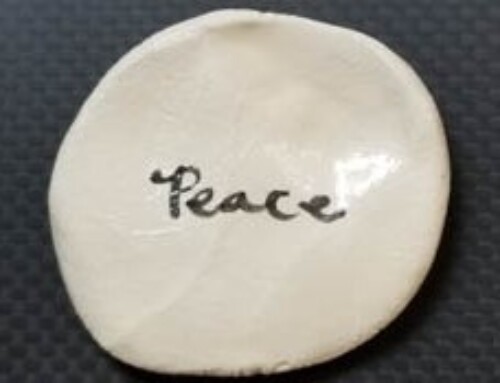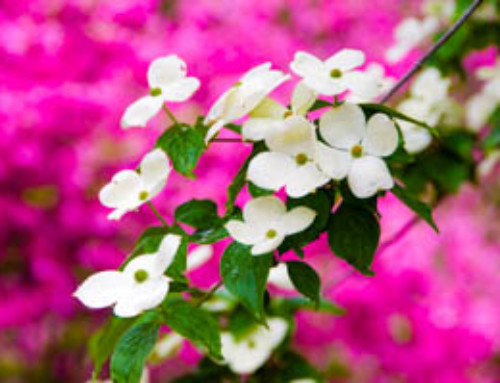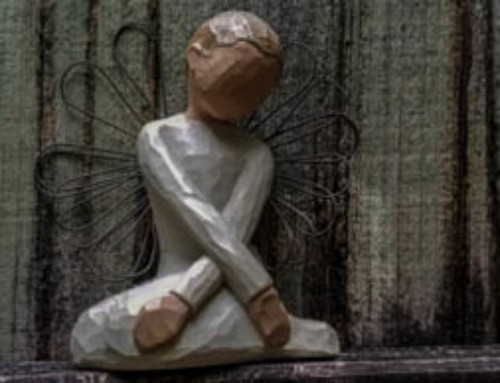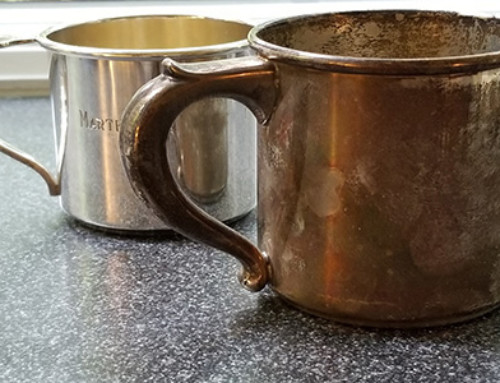Meditation: A Bath for the Brain
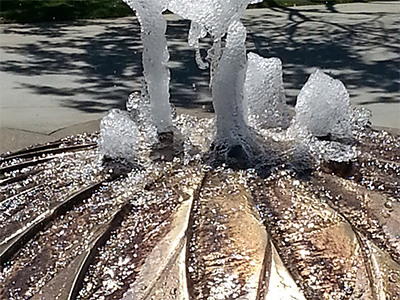
“My brain
took a bath
in Your brook.
Now it bubbles.”
Martha 1976
My favorite form of learning is to stumble into truth experientially, and then, to gain intentional knowledge through research and study. Such was my introduction to a life long love affair with the art of meditation.
It all began my junior year in college in the early Seventies. A graduate student, who was conducting research on bio-feedback, visited our psychology class seeking volunteers for his study. Bio-feedback was a relatively new science at the time. Researchers were exploring its impact on human beings; body, mind, and spirit.
Eagerly, I said, “Yes!”.
On the appointed day, I entered the research cubicle and the researcher placed electrodes all around my head. He then connected them to the computer that would track the movement of my mind, providing feedback to me through auditory cues.
Following his instruction, I visualized an image in my mind and began the rather arduous task of staying focused on it.
My image was a daisy with brilliant white petals. One petal hosted a large drop of rain water. Diligently, I focused on the water droplet. As instructed, when (not IF, but WHEN) my mind began to wander, I gently brought my attention back to the rain drop.
Auditory beeps alerted me when my mind wandered.
Like a shepherd continually re-directing sheep, I redirected my focus over and over and over. Each time, I seemed to notice more images in the water. Reflections that mirrored the surroundings.
My absorption deepened.
Astonishingly, so did a sense of deepening relaxation, calm, and joy.
Reluctantly, when the bell signaled “done”, I returned my focus to the “here and now”, having made what would become my first formal foray into the art of meditation.
As I provided feedback about my experience to the researchers, their heads nodded in recognition. My report aligned with others they were receiving. The deep sense of calm and happiness I experienced was replicated by most of the other volunteers.
Though this data from the bio-feedback experiment was “new news” to science at that time, it was actually ancient. Sages, Saints, and Sufi dancers have experienced this bliss for millennia. Yet, Western culture, in its preference for rational thought and empirical science, had lost sight of this experience.
The era of the Sixties and Seventies marked the advent of meditation’s emergence to the forefront of the American experience. Various forms of meditation became popular among the curious few. Contemplative practices began to reemerge in faith-based communities. Transcendental Meditation loomed large on Western college campuses and in some communities. In truth, the movement which seemed to introduce a new phenomenon, actually offered a reconnection of people to the ancient, albeit forgotten, roots of their own cultural and spiritual ancestry.
Today, four decades later, countless numbers of people practice meditation in its various forms as a matter of course. Each type of meditation offers its own unique gifts. Yet, all share the experience of increased peace of mind, relaxation, stress reduction, and clarity of focus.
The mindfulness movement is burgeoning. Mental health practitioners teach guided imagery and other focusing techniques to help people manage mood and mental states. TM continues to train the focusing of mental attention. Contemplative practice is becoming mainstream in many faith-based communities.
The smorgasbord is both enriching and confusing.
In the following posts, we will consider the various ways to practice the art of meditation. Purists in any discipline may argue that the differences are paramount. In my mind, there are many pathways to the same experience of increased peace and well-being.
Until next time, may we all be about the business of Practicing Peace on Purpose.

